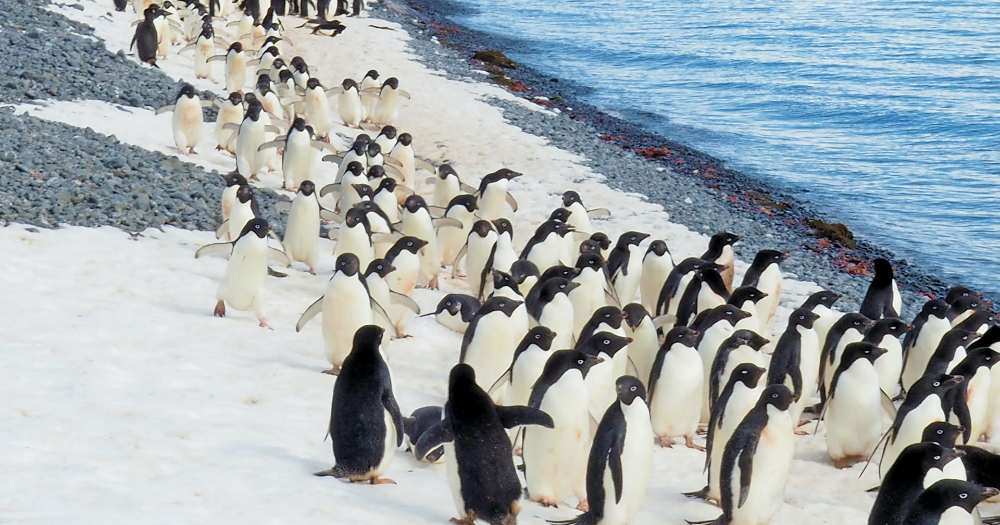Australia's ambitious project to build an airport and runway on the relatively untouched Antarctica has been criticised by environmentalists for its potentially devastating environmental impacts.
The plan, if approved, would make Australia the country with the largest disturbance footprint on the continent, superseding the U.S.
Year-round access to Antarctica
The proposed airstrip, which was first announced by the Australian government in May 2018, will be 2.7km long and 40m wide.
Instead of the other existing runways which are made of ice and gravel, the proposed runway will be made of cement and concrete blocks, and will be a permanent structure built on top of the Antarctica landscape, reported The Guardian.
The runway will be connected to an aerodrome near Davis Station, one of Australia's three bases on the continent.
According to the Australian Antarctic Programme governmental website, the runway "represent[s] a significant capability boost that would revolutionise [their] scientific activities".
The Australia Antarctic Division (AAD) states that such scientific activities include better understanding rising sea levels and climate change and a closer study of wildlife there.
The proposed runway would allow scientists year-round access to Antarctica where previously, flights from Hobart could only take place for a limited time at the beginning and end of summer.
The Conversation reported that these flights land at another research station, which is inaccessible by both air and ship during winter.
Potential noise and pollution impacts
Australia has traditionally been touted as an environmental leader for Antarctica, promoting "leadership and environmental stewardship" in the continent.
But should the project move forward, the total disturbance footprint by all countries in Antarctica would increase by 40 per cent.
The environmental impacts of runway's construction are no small issue either — it would require the levelling of hills and valleys, which could cause dust emissions, according to The Conversation.
Considering that Antarctica is the windiest continent on earth, such dust emissions could affect both flora and fauna.
Pollution and aircraft noise could also disrupt breeding colonies of Adelie penguins and Weddell seals, the latter of which breed a mere 500m away from the runway.
In the 1980s, a mail drop by a low-flying plane caused stampede in a King penguin colony, which led to 7,000 deaths, The Guardian reported.
More infrastructure would also need to be constructed to support the runway and the Davis station, which could further exacerbate the environmental impacts.
"Unprecedented"
Shaun Brooks, an environmental scientist at the Institute of Marine and Antarctic Studies of the University at Tasmania described the project as "unprecedented", both in terms of its scale of investment and environmental impact.
Brooks also called it a "white elephant", stating that the costs of the project were disproportionate to the number of people that would travel to the research station.
The project has to undergo environmental assessment and if approvals are granted, construction could begin as early as 2023 and continue till 2040.
According to The Guardian, the AAD said that following the environmental evaluation domestically, it would be submitted to other Antarctic Treaty nations and then released for public consultation in Australia and internationally.
An AAD representative told The Guardian:
"The construction of the aerodrome will have some unavoidable impacts and we are committed to understanding the environmental impacts and implementing mitigation measures to the highest standards possible, and in line with the legislated requirements."
Totally unrelated but follow and listen to our podcast here
Top photo from Unsplash
If you like what you read, follow us on Facebook, Instagram, Twitter and Telegram to get the latest updates.
